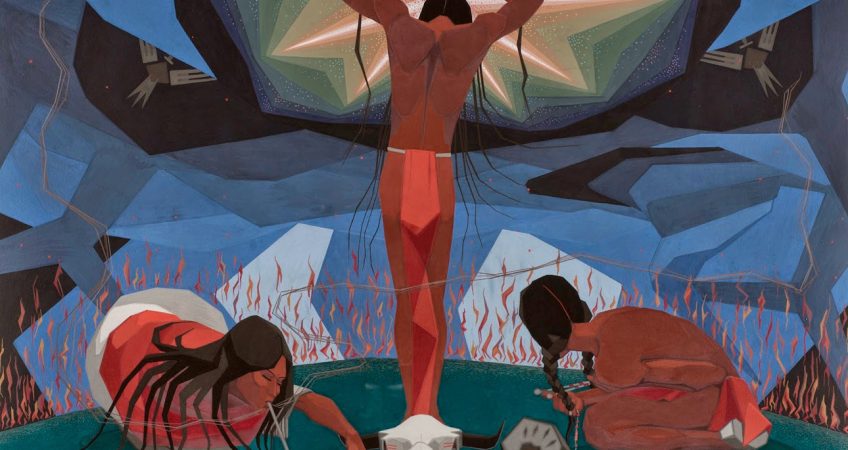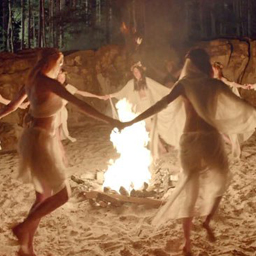
Religions Practiced In This Region
For the Sioux people, religion and spirituality was not a separate entity, but an integral part of their daily life. Their belief was that human beings and animals were created from the earth itself and the nature and humans were one.
Their belief system can be thought of as spirituality integrated into the rhythm of day to day life.

At the center of this belief system lies the Wakan Tanka or Tunkashila which barely translates as the Great Spirit or the Great Mystery. He created the whole universe and was powerful, sacred and mysterious. The sun, moon, stars, rocks, the earth all were his manifestations. Wakanpi were the spirits that helped the Wakan Tanka. The Sioux believed that the Cannupa Wakan or the sacred pipe and the smoke it emits carry messages from humans to the Wakan Tanka. These Wakanpi had control on many aspects of a tribesman’s life. Hence, the Sioux believed they had to be kept happy all the time.
Certain members of the tribe had special capabilities of understanding the needs of the Wakanpi and these people were known as the Holy Men and Holy Women. These men and women communicated with the spirits in special ways like interpretation of dreams and musical drumming induced trances. The Sacred Pipe Ceremony was another ritual that symbolized the responsibility of each member of the tribe to the other members as well as the tribe. They believe that when they smoke the pipe, they pray for everything.

According to Lakota oral tradition and history, they have Seven Sacred Rites; the first Inikagapi (a sweat lodge is made and water poured over it) to renew life, the second Hanbleceyapi (crying for a vision), the third Wanagi Wicagluha (spirit keeping rite for a lost one), the fourth Wiwanyang Wacipi (the sun dance), the fifth Hunkapi (making relatives), the sixth Isnati Awicalowanpi (the ceremony of attaining puberty), and the seventh Tapa Wankayeyapi (throwing the ball game which depicts the course of a man’s life). The sun dance, discussed in detail in a separate section, is the most important sacred ritual out of these.
Religious knowledge, beliefs and rituals are passed down the generations by the elders in story form, often gathering the young around fires. Death was not something scared or terrorized the Sioux.
